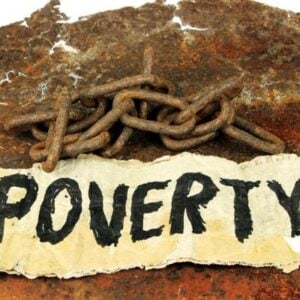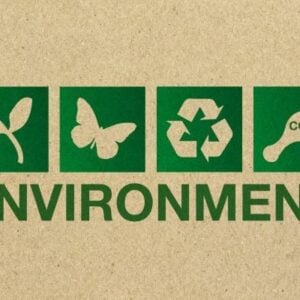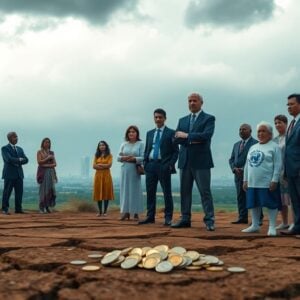The world is facing a complex tangle of setbacks—dubbed a "polycrisis"—where climate change, stalled economic growth, and persistent poverty create unprecedented challenges. Despite earlier progress, the past decade has seen a stagnation in extreme poverty reduction, as well as worsening climate risks and economic disparity.
Key Takeaways
- Extreme poverty now affects nearly 700 million people, and progress in reduction has sharply slowed.
- Climate change is amplifying risks, especially for the world’s most vulnerable populations.
- Decisive action on climate policy and inclusive economic growth could break the impasse.
The Slowdown in Poverty Reduction
In the 1990s and 2000s, starker reductions in extreme poverty fueled optimism that it could be eradicated by 2030. However, recent years have witnessed a notable decline in progress. COVID-19, an uneven economic recovery, surging public debt, and intensifying conflicts have disproportionately hurt low-income and conflict-affected countries.
Statistical projections suggest that by 2030, around 622 million people (7.3% of the global population) will remain in extreme poverty, far exceeding earlier targets. Nearly two-thirds of the global poor are concentrated in Sub-Saharan Africa and fragile, conflict-affected zones.
Climate Change and Increasing Inequality
Climate change compounds the poverty crisis. The world’s poorest—often reliant on agriculture and natural resources—are highly exposed to extreme weather, droughts, and floods. Worryingly, the frequency and severity of such events is on the rise, meaning poverty alleviation programs must increasingly account for climate resilience.
At the same time, an estimated 44% of the world’s people still live on less than $6.85 per day, a poverty line more relevant for middle-income countries. Persistent inequality, particularly in Sub-Saharan Africa and Latin America, also undermines inclusive prosperity.
Can Climate Goals and Ending Poverty Align?
Contrary to some fears, research indicates that eradicating poverty does not necessarily derail climate objectives. Lifting people out of extreme poverty contributes minimally to global emissions, especially if economic growth is both inclusive and green. Greater investments in renewable energy, infrastructure, and education can generate jobs and increase resilience, helping societies advance on multiple fronts.
Nevertheless, without swift policy changes and international funding, unmitigated climate change is likely to plunge millions more into poverty, making a world free of extreme hardship and rich in opportunity more elusive.
Toward a Sustainable and Inclusive Future
Overcoming the polycrisis demands tailored strategies:
- Low-income countries need urgent economic expansion and poverty-focused investments.
- Middle-income countries should focus on reducing vulnerability and decarbonizing growth.
- High-income countries, responsible for the bulk of global emissions, must accelerate the shift to low-carbon economies.
International cooperation, robust climate action, targeted support for vulnerable nations, and ongoing improvements in data and technology are essential. The challenge is daunting but surmountable if policy, resources, and innovation are marshaled without delay.
Sources
- Global poverty and climate goals will remain out of reach with business-as-usual policies, World Bank Blogs.
- It’s Possible to End Global Poverty Without Compromising Climate Goals, New Research Shows, EcoWatch.
- The polycrisis behind a lost decade of poverty reduction, World Bank Blogs.
- Poverty, Prosperity, and Planet Report 2024, World Bank.
- Poverty, Prosperity, and Planet Report 2024: Figures, World Bank.







